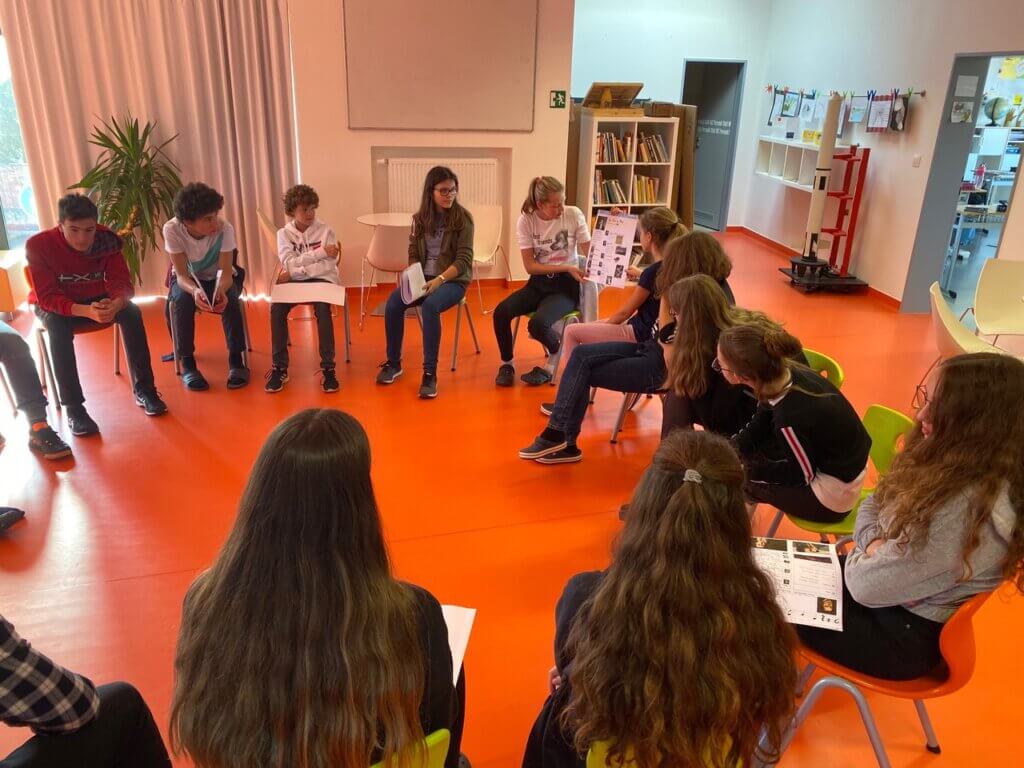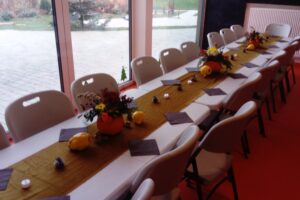Time for reading: 10 minutes

From Wikipedia, the free encyclopedia „Project-based learning (PBL) is a student centered pedagogy that involves a dynamic classroom approach in which it is believed that students acquire a deeper knowledge through active exploration of real-world challenges and problems. Students learn about a subject by working for an extended period of time to investigate and respond to a complex question, challenge, or problem. It is a style of active learning and inquiry-based learning. PBL contrasts with paper-based, rote memorization, or teacher-led instruction that presents established facts or portrays a smooth path to knowledge by instead posing questions, problems or scenarios.“
Keep students motivated
Often as a teacher, one of the issues that I come up against is keeping my students motivated, engaged, and involved in learning a second language. When I first started teaching English, there was a main focus from the language schools I worked at, to get students to learn English based on standard TEFL practices. This was primarily accomplished through various grammar, vocabulary, and speaking exercises from a book. I observed that, to a certain extent, most learners struggled with this way of learning a foreign language.
Get students out of book
Through teaching at different schools, I have encountered Project-Based Learning (PBL), which has helped me have more flexibility when planning my lessons and allowed the lesson’s overall goals to succeed. PBL allows students to experience meaningful lessons continuously over time instead of separated grammar book-based lessons. When you get students out of a book and have them interacting with each other and the teacher, they can connect to the material in a way that supports their learning. Then the focus can move onto other areas such as soft skills (i.e., working skills, organization, cooperation, etc.). As the teacher accounts for differentiation of levels, which can facilitate peer collaboration, project-based learners begin to take a more proactive approach to their learning. This allows for the opportunity to offer more individual attention to students; I can better observe their performance, give advice, or lead them in the right direction to best achieve the task.
Examples of PBL learning I have used in the past have varied depending on the age group of students I was teaching:
- Young Learners
- Inventor’s Journals
- Travel Guides
- Poetry Writing (Haikus, Sonnets, etc.)
- Post Maturita
- CV’s and Cover Letters
- How-to Guides (Cooking, Hobbies, etc.)
- Writing Portfolios (Short Stories, Reviews, etc.)
- Adults
- Presentations
- Socializing in a professional context
- Mock Interviews
In all of these instances, the student was able to study a foreign language in a manner that wasn’t as routine as book work. This is not to say that book work isn’t practical or needed, more so that when balanced with PBL, there is a more significant potential for effective learning.
Finally, one might argue that students who are empowered to explore their resourcefulness feel a greater sense of accomplishment when they have completed a project. In this completed work, they have applied their insight and know-how while practicing the language they have been studying. It seems likely students gain more in-depth knowledge of the foreign language, and they gain tools and understanding they can use beyond the classroom and in their lives in the future.




